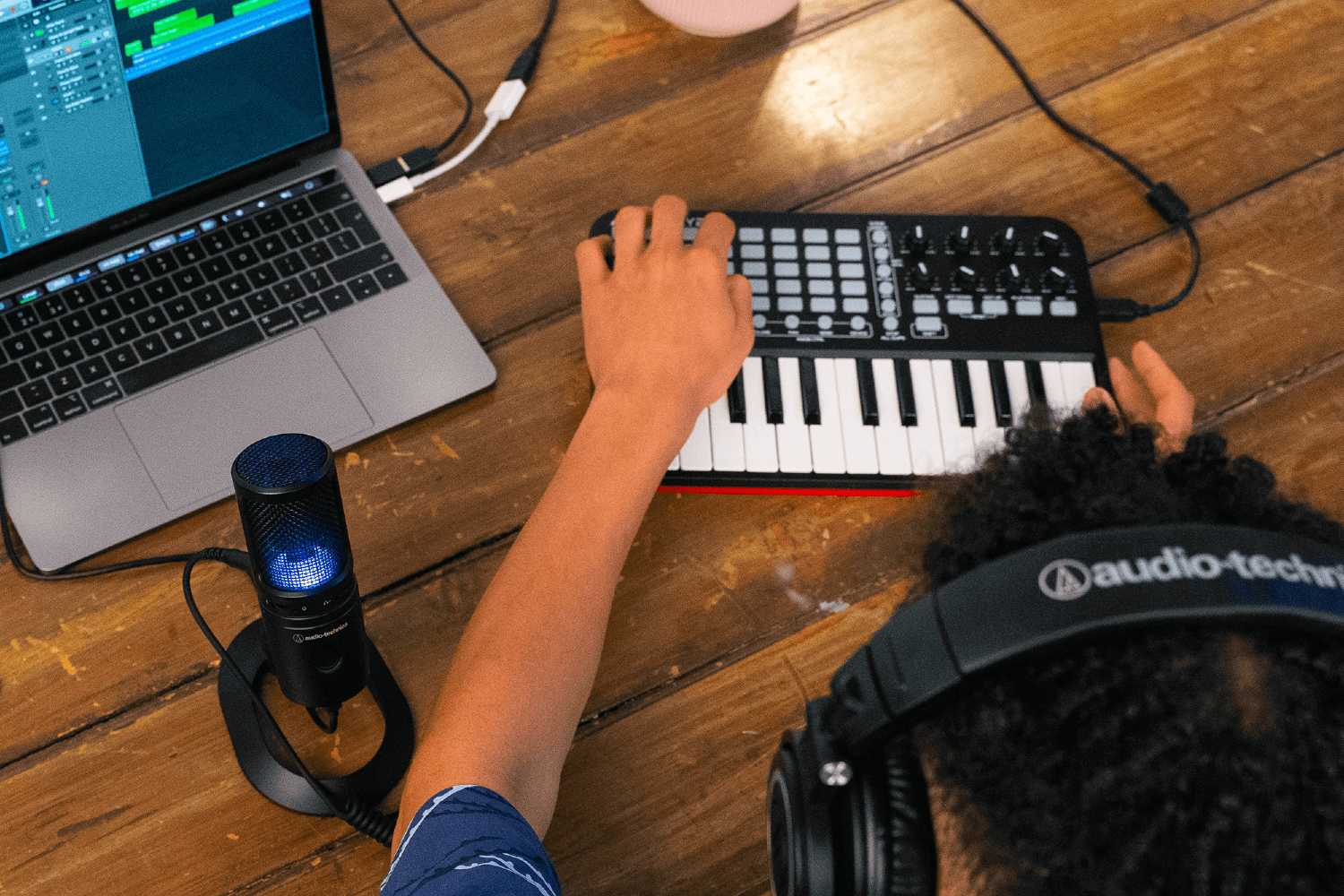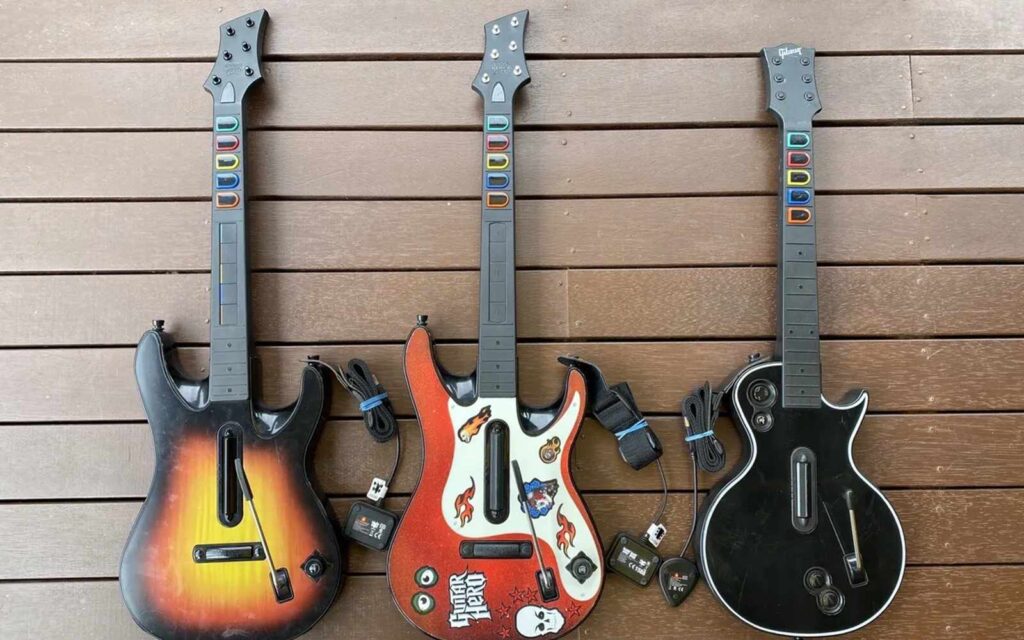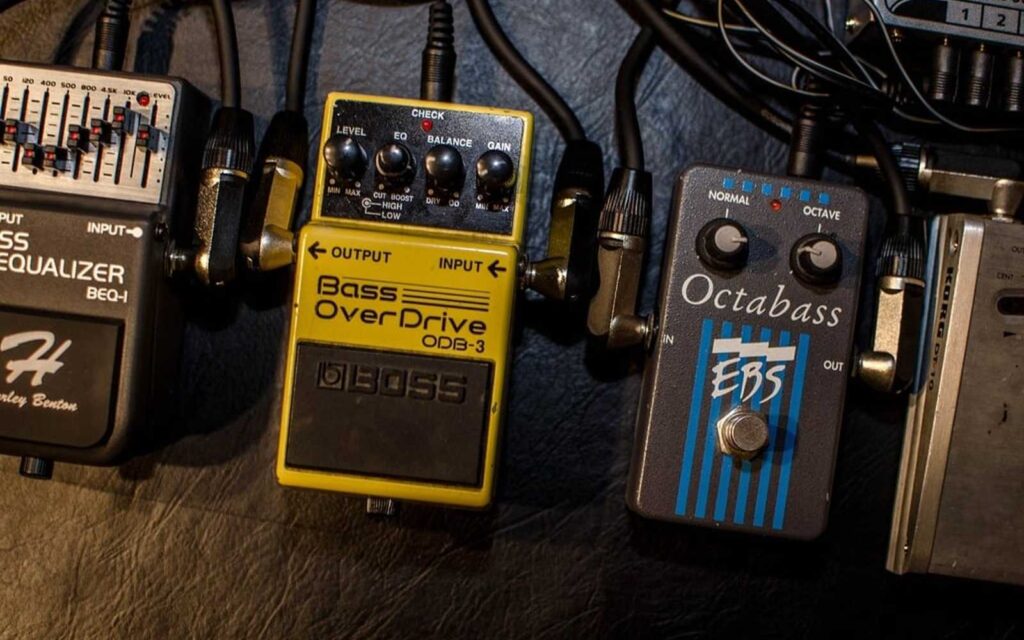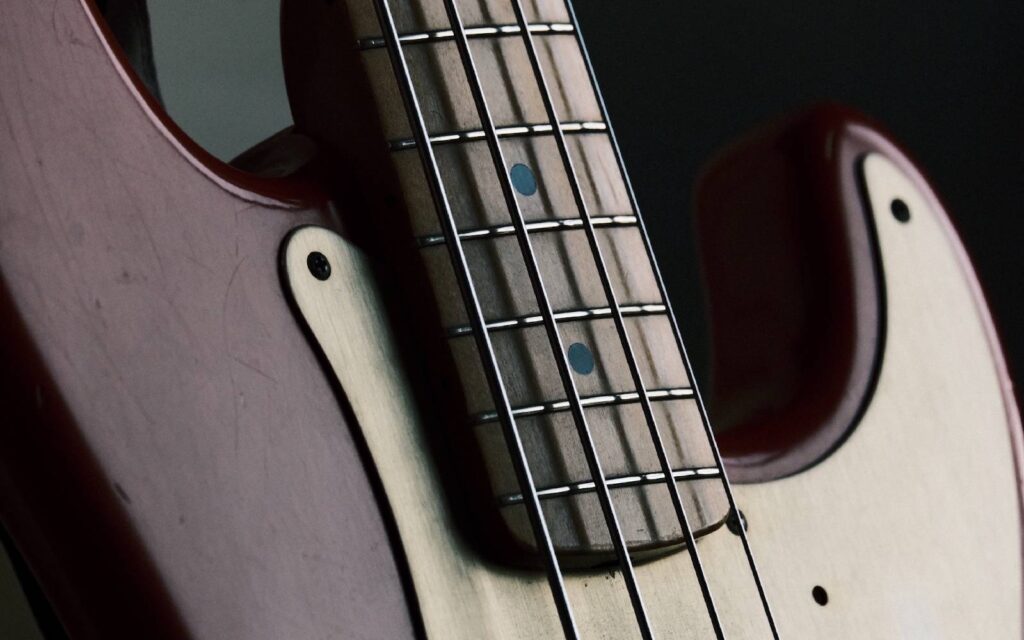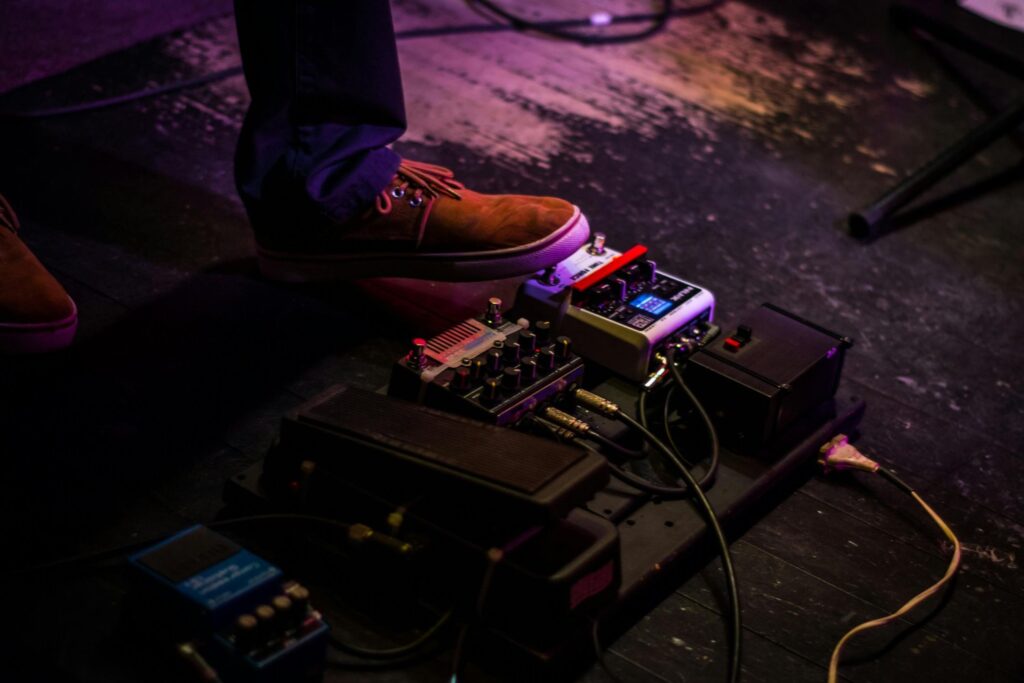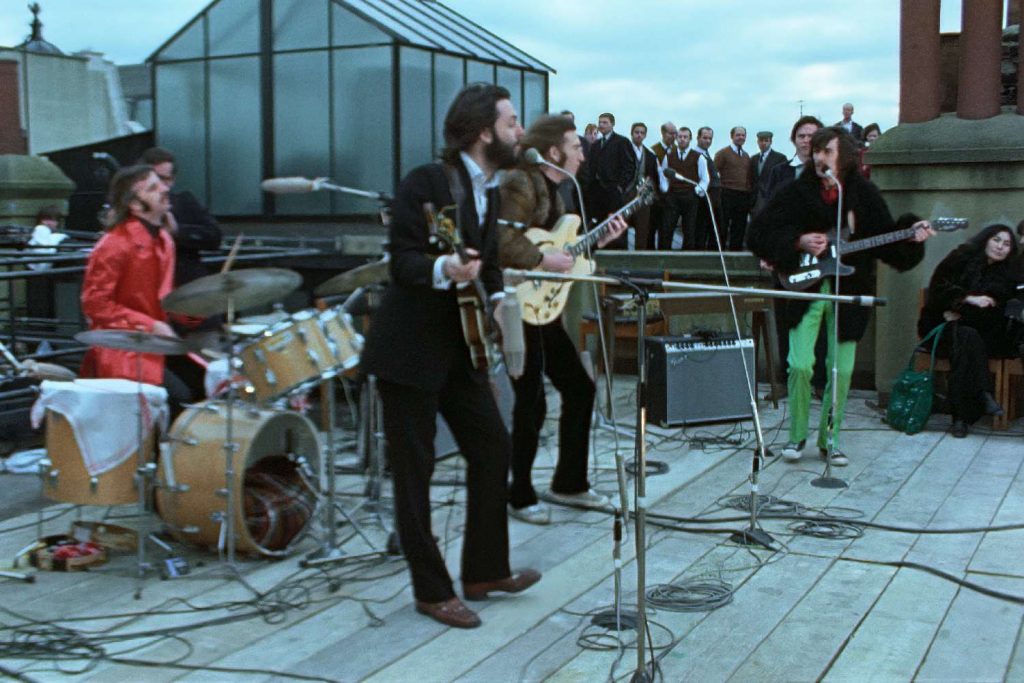Audio-Technica offer both USB or XLR variants of some of their most popular creator mics, with both analogue and digital offerings for different creatives in different situations with different needs. So which should you choose? Let’s dive in.
If you follow Mixdown, you would no doubt be familiar with Audio-Technica. The Japanese brand have been at the forefront of transducer technology for decades, releasing several breakthrough products that always manage to expertly straddle the line between affordability and professional quality capture.
With an expansive inventory of microphone products-ranging from budget-friendly large diaphragm condensers, right through to professional level, studio-grade mics-rest assured, A-T have a mic to fit every price-point and technical application.
Read all the latest features, columns and more here.
It should come as no surprise then, that the beloved mic manufacturer have also emerged one of the frontrunners of the current content revolution, with their mics and headphones proving a familiar sight across thousands of youtube videos, twitch streams and social media reels.
Available in a variety of layouts, sizes and variants, and armed with so much technical diversity across their product line in regards to capsule design, build materials and connector types, A-T boast a level of optimisation and personalisation for content creators that few (if any) can match.
Best microphone for recording vocals at home
While a lot of design elements affect the sound and response of the microphone, the logistics surrounding connection type can be a little more confusing to the uninitiated. The output of a mic doesn’t always acutely affect the sound as much as say, the capsule might, but there are inherent differences in connection that can affect the overall sound of the microphone in ways that aren’t always obvious on first glance (not to mention the various setup and visual considerations that come with creator workflows.)
The Audio-Technica AT2020 is often cited as the first microphone a lot of people (including some of us at Mixdown) may encounter when they first start recording, and for good reason. A well priced large diaphragm condenser terminating in a traditional standard XLR connector, the AT2020 is a simple and effective way of maintaining good quality audio, when paired with an interface or mixer.
While it may reveal our age a little to say that that was at a time when all that was available was the standard XLR version of the AT2020, recent years have seen the 2020 range expand to include everything from USB-format mics like the AT2020USB-X and AT2020USB-XP which is a perfect entry point for anyone looking to get into the streaming/YouTuber/Instagram reels space.
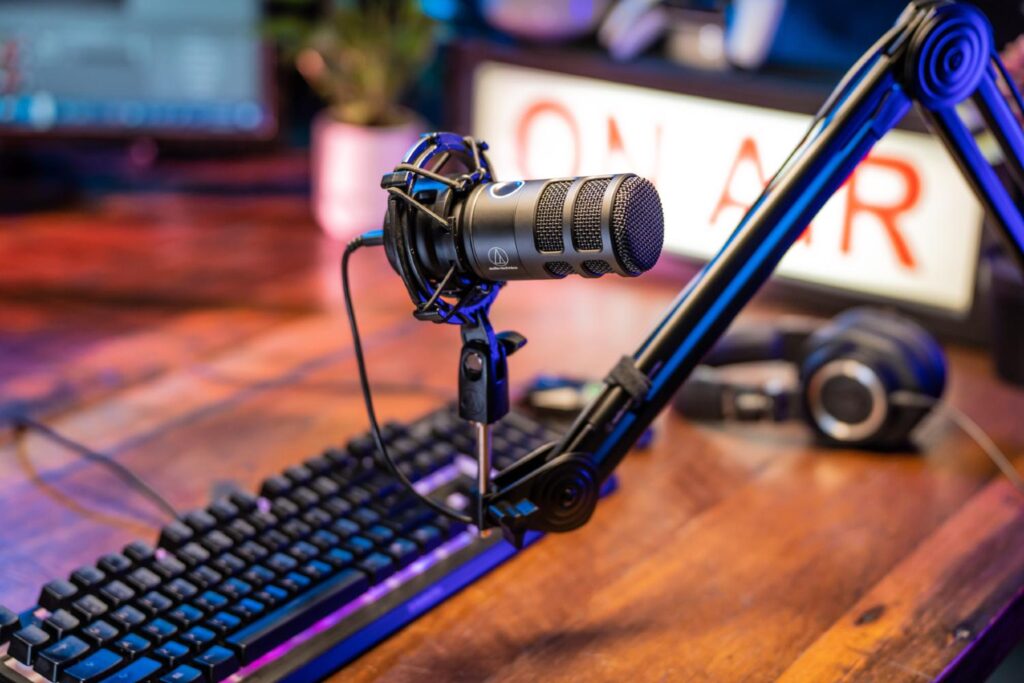
If podcasting is more your thing, the new AT2040 Hypercardioid Dynamic Microphone is also available in USB and XLR configurations and is quickly becoming a go-to for anyone looking for broadcaster style low end reinforcement.
The beauty with dynamics for this kind of application is in their ability to handle higher sound pressure level (SPL), as well as their increased directionality, making them ideal for multi presenter configurations like podcasts or round table discussions.
Best microphone for singing
Condensers on the other hand, tend to have a slightly wider capture, but offer a more natural resonance, particularly with a bit of distance between source and microphone, making them ideal for being placed off camera for streaming and video applications.
Condenser microphones will also require a power source of some description (such as phantom power in the case of XLR mics) in order to establish the internal capacitor plate voltage. This means that condensers generally require very little sound pressure level to generate voltage and transfer acoustic energy into electrical signal. Because of this, condensers are great at picking up a source as well as the ambience around it, while dynamic microphones have a slightly heavier diaphragm and thus, require a little more gain at the preamp stage. This inturn means that Dynamic (moving coil) microphones tend to operate better either pointed directly or in close proximity to the sound source. Both condenser and dynamic microphones retain these same qualities into the USB realm, while receiving their voltage and preamplification directly via the USB bus on your computer!
This holy trinity of technical application, connector type and power source should be the first things to consider when choosing a microphone for content creation.
At the most basic level, an XLR is the standard, balanced, three-pin protocol to get signal from a microphone to a recording device. Traditionally, this has been connected to a preamp on a console, before a tape machine, but the modern day has a preamp on an audio interface and converter. For those counting along, that’s a few pieces of equipment just to get signal from your microphone to another device that allows you to hear it back.
USB Microphones
The USB mic option does away with all this, the microphone itself serving as preamp and converter, with a single USB cable connecting it to your computer to provide 24-bit/96 kHz audio for the AT2020USB-X, AT2020USB-XP and AT2040USB, the AT2020USB-XP now featuring Audio-Technica’s Automatic Gain Control that can be switched on to maintain consistent mic input level. What’s more, Audio-Technica’s USB mics have additional functions like (silent, soft-touch) mute buttons, gain control and low-cut filters for reducing the environmental noises around you like bumps, air conditioners and traffic rumble, all in the pursuit of clear, professional sounding audio at the source.
For content creation, streaming, video or podcasting projects, you might not need the colour, warmth, dynamics control or EQ often used to shape and process sounds for music making. What’s more, you can easily do away with the latency issues introduced when sending and receiving signal to and from audio converters to record and monitor back.

USB microphones are, for lack of a better word, your one-stop-shop for getting sound into a computer. They connect via USB, and have monitoring options (i.e. a headphone jack) on the body of the mic itself. The AT2020USB-X, AT2020USB-XP and AT2040USB have a headphone jack, as well as a volume control and a slider wheel that allows you to toggle between sound directly from the mic (with zero latency) and sound from your computer.
Best podcast microphone
For podcasting and streaming, Audio-Technica and their USB mics allow you to do away with a few pieces of kit to make sure the sound is the best it can be. The AT2020USB-X and XP for example, are condenser microphones, so it’ll give you a great, natural response and some ambience. For more isolated and controlled sounds, a dynamic USB mic like the AT2040USB would serve you better, requiring a bit more push and having a more dynamic (hence the name) response, i.e. a bigger difference between silence and sound.
Connecting direct to your computer is handy and practical, but it does remove a little of the flexibility that’s available from a standard XLR connection. To make up for this, the Audio-Technica AT2020USB-XP has Automatic Gain Control on board to help level out response like a compressor would. An XLR connection is at the mercy of your converters, a couple extra cables and computer’s processing power, but a microphone connected via XLR can easily be used for music making if you choose to do some of that!
XLR Microphones
XLR mics have the advantage of featuring a connection found on the majority of audio interfaces and converters. This means you can use multiple Audio-Technica mics with a single audio interface, for example running a podcast with multiple guests and multiple mics all to one interface. External hardware like compression also features XLR connection, allowing you to ensure your audio doesn’t reach dangerous levels, ensuring the audio for your audience is sounding its best.
This applies for content creation and streaming as well, as you can engage with your gaming or content naturally, or interesting guests on a podcast can speak more dynamically, telling stories with gusto, all without risk of abrasive, digital distortion ruining your audience’s experience. XLR microphones interface well with a lot of pro audio gear, so they’re a good solution to future-proof yourself if you feel you might want to explore music making, producing and recording.
Deciding which connection type is best for you is entirely a personal decision. There’s benefits to both, though the additional steps that USB connection removes are what makes XLR so practical and flexible. USB is a great solution for creating on-the-go, mobile recording or for someone exploring recording and microphones for the first time, while an XLR connection will easily connect to more hardware, allowing dynamics and other processing to be inserted before the sound is recorded.
The AT2020USB-X, AT2020USB-XP and AT2040USB serve as a microphone, audio interface and place to monitor your sound, while the AT2020 and AT2040 are a great option for a full-range, clear sounding microphone for with the ability to interface with more audio equipment now and as you progress. The beauty of these mics is their flat response, honest-to-source response and robust build regardless of the connection type you choose, being as portable as you need them to be.
For local enquiries, visit Audio-Technica here.
